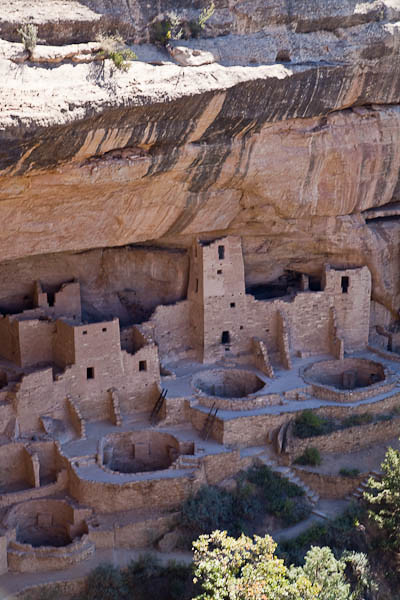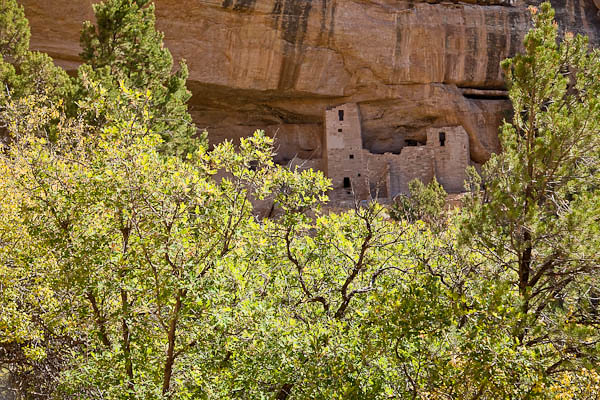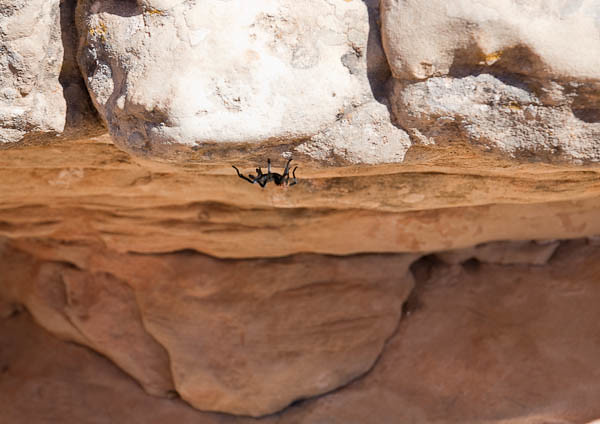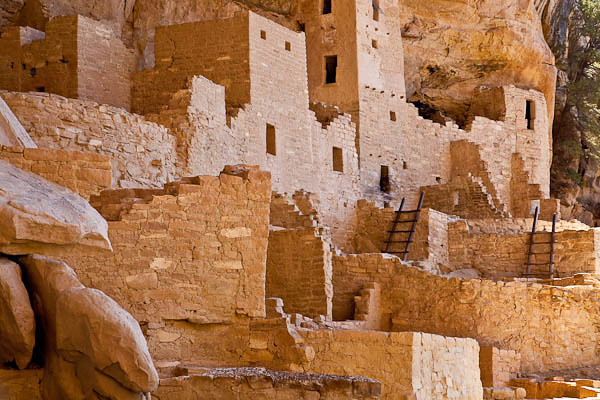https://www.petwantsclt.com/petwants-charlotte-ingredients/ There it was, occupying a great oval space under a grand cliff, wonderful to behold, appearing like an immense ruined castle with dismantled towers. ~ Frederick Chapin, 1891, the first published account of Cliff Palace
Purchase Tramadol Overnight Mesa Verde National Park was established in 1906 by proclamation of President Theodore Roosevelt. It was the first national park that set aside land to protect the culture of a people. The park is also a designated United Nations World Heritage Site. It is located near the Four Corners area (where the borders Colorado, New Mexico, Utah, and Arizona meet) in the southwestern corner of Colorado.
https://www.merlinsilk.com/neologism/ The Pueblan Ancestral people lived in this area from about 500 AD to 1200 AD, a span of approximately 700 years. In the early 1200s, a migration of the people took place, and Mesa Verde was deserted in just a couple of generations. Reasons for their departure remain speculative.

https://www.circologhislandi.net/en/conferenze/ Cliff Palace, Beginning of Tour © 2010 Bo Mackison
Mesa Verde National Park offers guided tours of five different cliff dwellings locations in the park. The tour groups are limited in number and size. All tickets are sold in the Visitor Center and it is a good idea to get there early, especially during the peak months, to get tickets. Access to the sites is limited to protect these sensitive archeological and cultural areas, but a guided tour is well worth the time and money.
We had an unexpected visitor on our tour, and I don’t think he bought a ticket either! I didn’t get too close to this hairy tarantula nor did I do much research on this spider. If you are curious you can check out the link.
The Cliff Palace has more than 150 rooms, usually about 6 feet x 8 feet in size, and 23 kivas, circular pits that were used as ceremonial structures. At its peak, about 1200 AD, there were perhaps 100 inhabitants in this particular dwelling. It is theorized that this, one of the few complex building sites in the region, was used more for administration of the nearby people and ceremonial rituals. Most ruins throughout the National Park and surrounding area were one and two room structures, many on the mesa tops, not tucked into the cliff overhangs.
More photos from Mesa Verde in the next post.









